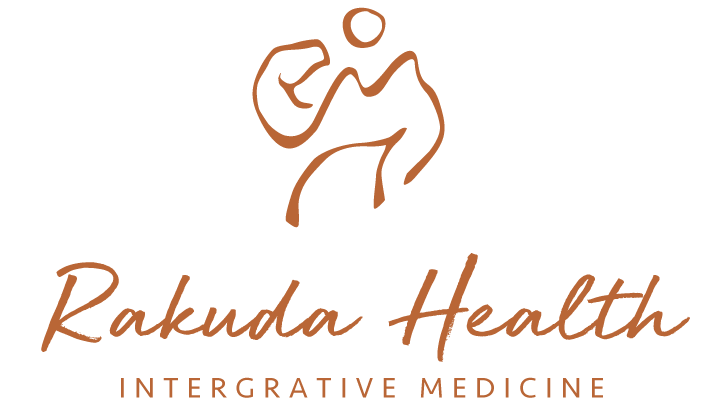Nutrient Density; Why does it matter?
“Nutrient Density” is one of those catch phrases that we hear a lot in nutrition and health circles these days. But what does is it really mean? And why is it so important in healing autoimmune disease? There are many books and articles touting the nutrient dense profiles of certain foods. Celery juice, green drinks, superfood powders….the list goes on. While it is true that many of these foods are nutritious; when it comes to nutrient density, diversity and bioavailability are paramount.
Other factors that come into play are: quality of soils, digestive function (ie are you absorbing nutrients), and wild versus agriculture cultivation. Even those who are eating the healthiest all organic diet, can still have nutrient deficiencies, due to soil loss and reduced food variety. Over tilling, soil erosion, and pesticide use, have created a reduced biomass, which normally breaks down and supplies the soil with micronutrients that are bioavailable in the food we eat. Less nutrients in the soil = less nutrients in our food.
Americans tend to routinely fall below the recommended daily allowance (RDA) of vitamins and minerals. The range in deficiencies of the top 13 micronutrients is from 17 to 73 percent, with zinc at the top to the deficiency list.Micronutrients are essential for the proper functioning of all the cells and systems in our bodies. Micronutrients include (but are not limited to): magnesium, V K, D, A, E, calcium, zinc, phosphorus, B-Vitamins, folate….and the list goes on. The immune and endocrine systems are particularly dependent on the availability of micronutrients. There is enough causal evidence to believe that micronutrient deficiency is a direct precursor to developing autoimmune disease. Regulatory immune system cells (the cells that keep our immune systems functioning properly) are dependent upon a wide spectrum of micronutrient availability. When we suffer from gut dysbiosis (leaky gut), we have nutrient malabsorption that fuels cellular dysfunction and promotes inflammation. Similarly, the standard American diet is based on foods that are notoriously deficient in nutrients.
Grains and processed carbohydrates, sugar, and high oxidative vegetable oils are not only inflammatory; they have significantly less nutrition than vegetables, fruit and animal products. Our modern American diets are far from providing adequate nutrition for cellular function. Add to that high stress and pro-inflammatory environments and you have a recipe for cellular dysfunction and autoimmune disease.
What foods should we eat for highest nutrient density and optimal health? It’s of primary importance that vegetables, some fruit and some animal products comprise the majority of your diet. Dr. Mark Hyman’s word “Pagen” (Paleo + Vegan), is probably the most accurate as far as nutrient density is concerned. Pagen = 80-90% veggies/fruits (with high quality fats), and a small serving of animal protein on the side. The point Dr. Hyman is trying to make is, meat does not have to (and shouldn’t be) the dominant food on your plate. Similarly, to get the highest nutrient density, you should avoid muscle meats and focus on organ meats like liver. In fact, the fat soluble vitamins (D, A, K, E), which are paramount for a healthy immune system, are most readily available and highest density, in pastured animal products like liver, butter, and lard.
Eat the rainbow, everyday. Purple, orange, green, yellow….the color of a vegetable or fruit is determined by the nutrients available (ie. beta carotene is what makes carrots orange). For highest nutrient density, eat a variety (8-10 cups) of multi-colored fruits and veggies everyday. It can be hard in our busy, under slept and over-stressed lives to make the best food decisions. However, healthy fruits and veggies are becoming more and more readily available, even stores like Target and Walmart are stocking their produce shelves. Remember, it’s not about being perfect all the time, it’s about being mindful, and making educated decisions for the health of ourselves, communities, and planet.
Eat the Veggie Rainbow (Green, Purple, Orange, Yellow, White, Blue)
Eat 8-10 cups of veggies and fruits a day
Make meat a side dish (1-2 palm sized servings a day)
Buy organic and pastured when possible
Support local farmers who are practicing low or no till agriculture
Reduce grains and processed carbohydrates
Have fun; eat in a low stress environment and enjoy the meal with friends and family
L. Cordain et al., “Origins and Evolution of the Western Diet: Health Implications for the 21st Century.” American Journal of Clinical Nutrition 81 (2005): 341-354




